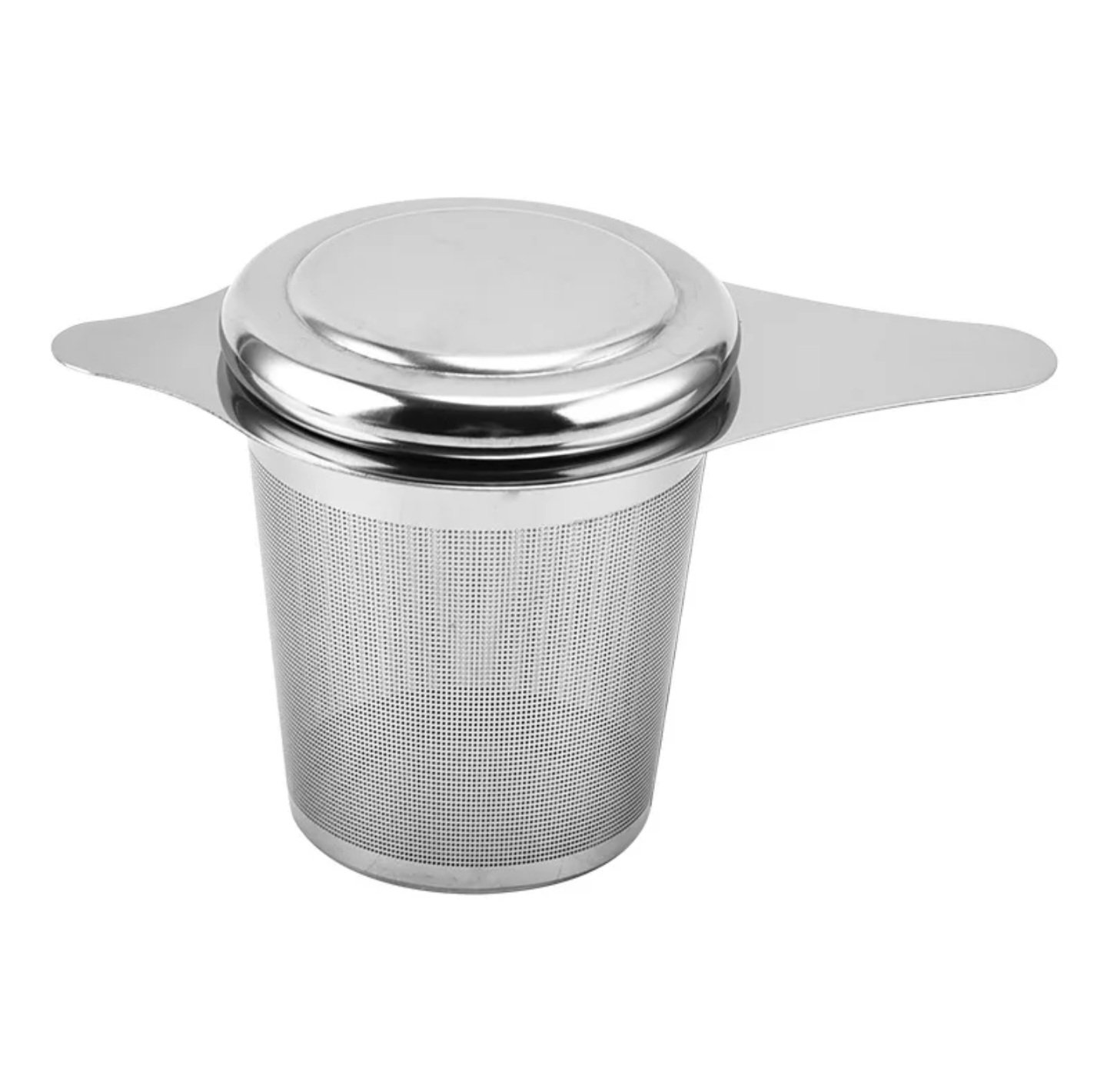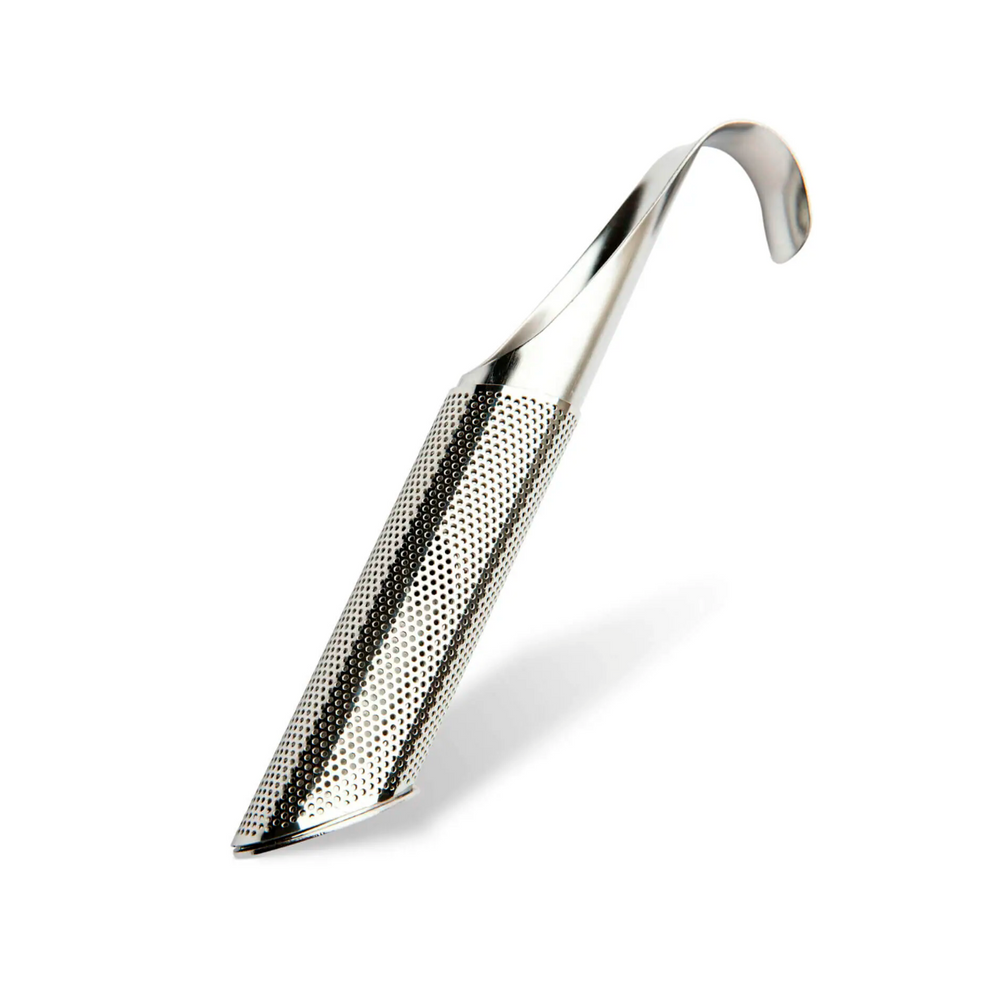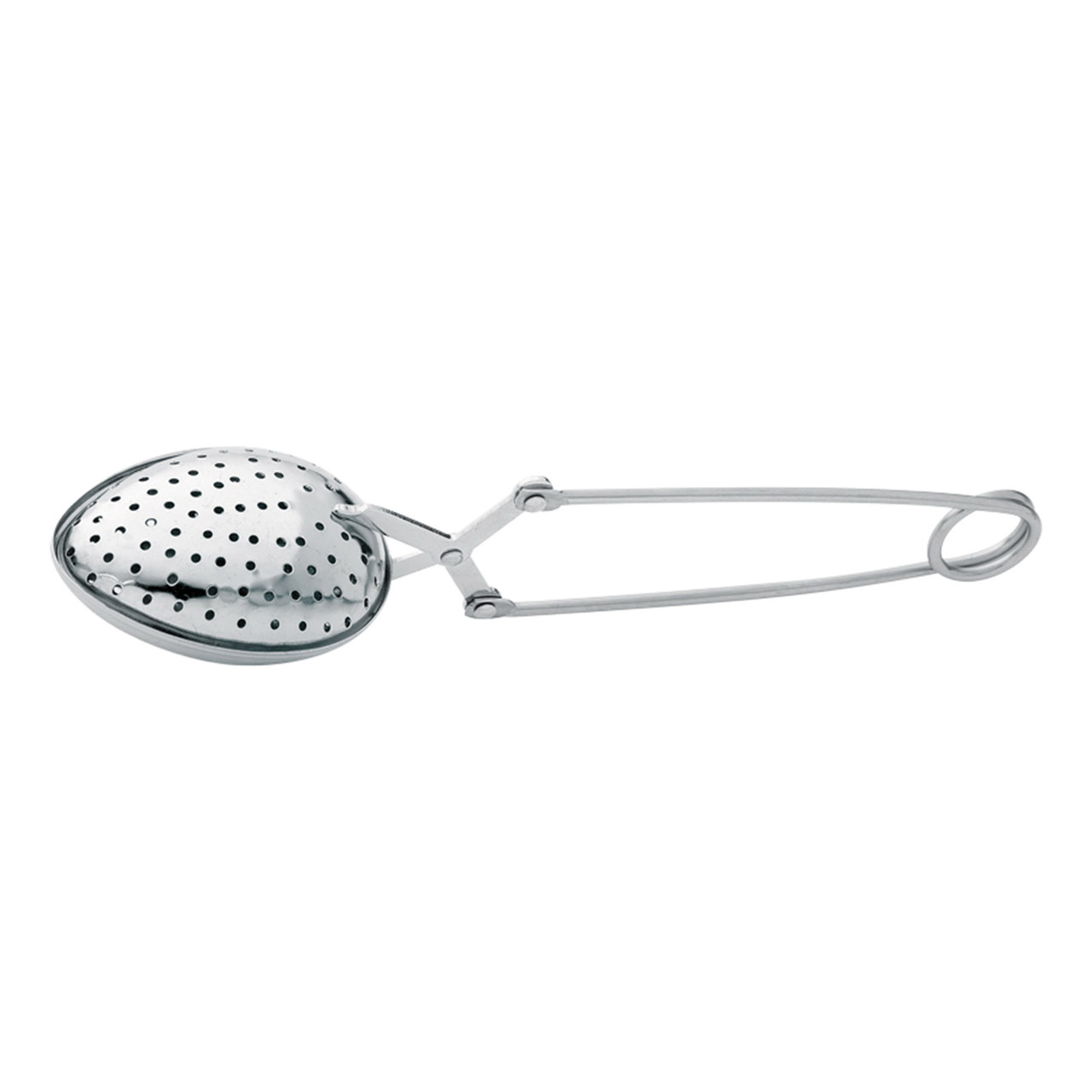We are all becoming more aware of unwanted ingestion of plastic molecules and the retention of these molecules in our bodies.

The paper of many popular brand tea bags are strengthened with plastic because otherwise the paper tea bag would fall apart in the hot water.
When a plastic strengthened tea bag goes through the temperature change of being immersed the hot water when making a cup of tea, thousands of micro and millions of nano sized plastic molecules fracture and fragment away from the plastic of the plastic strengthened paper tea bag into your cup of tea. [Source: (link).]
The plastic nano molecules we ingest accumulate in our brains, we don’t know why, however plastic accumulates in our bodies mostly in our brain, Plastic accumulates in the brain at ~10 times higher levels than in the liver or kidneys (91% vs. 4% and 4% of total plastic mass in these organs), at a rate of millions of nano particles of plastic ingested per cup of tea. [Source: (link).]
Shop now at the Caldera Environment Centre for tea infusers instead.



The Caldera Environment Centre
——
See Also: Plastic Lined Take Away Cardboard Coffee Cups: 25,000 micron-sized, 21 million sub micron sized plastic particles are released from the lining into a cup of coffee. [Source: (link)]
Note Also: Plastic does not decompose back to its original naturally occurring elements, the plastic existing today, if exposed to sunlight, temperature change or abrasion, will degrade into smaller particles, though those particles will still exist, hundreds of thousands to millions of years from now.
Note: Links to Studies Referenced Above:
• Tea Bag MNP Release:
Kashfi et al. (2023, Environmental Science and Pollution Research)
• Found that ‘these bags release millions of MNPs per cup, with polypropylene sealants contributing significantly to particle release during steeping at high temperatures‘.
• Relevance: Directly addresses paper tea bags with plastic sealants.
• Citation: Kashfi, F. S., et al. (2023). Microplastics and phthalate esters release from teabags into tea drink: occurrence, human exposure, and health risks. Environmental Science and Pollution Research, 30(47), 104209–104222. DOI: https://doi.org/10.1007/s11356-023-29726-9
• Link: https://link.springer.com/article/10.1007/s11356-023-29726-9
• CEC Suggested Conversational Wording: “Plastic-strengthened paper tea bags release millions of plastic particles per cup of tea.” [Cite: Kashfi et al., 2023]
• Brain Accumulation:
Nihart, A. J., et al. (2025). Bioaccumulation of microplastics in decedent human brains. Nature Medicine
• Key Findings:
• Found MNPs in all organs, with brain concentrations significantly higher at 4917 µg/g (median) compared to liver (433 µg/g) and kidney (404 µg/g), representing ~91% of total MNP mass in these organs vs. ~4% each for liver and kidney.
• Polyethylene was the dominant polymer, with brain MNPs mostly nanoscale shard-like fragments.
• MNP levels in brains increased ~50% from 2016 (3345 µg/g) to 2024 (4917 µg/g, p = 0.01), reflecting rising environmental plastic exposure.
